Uncategorized
Pix: See what changed with the new rules in 2023
Due to its success and ease of use, Pix soon caught the attention of criminals. Therefore, the Central Bank introduced rules to make the method safer and more reliable.
Advertisement
In November 2020, the Central Bank introduced Pix, an instant payment system. In short, it is a payment method that allows you to make instant transfers, at no additional cost.
Due to its success and ease of use, Pix soon caught the attention of criminals. Therefore, the Central Bank introduced rules to make the method safer and more reliable. At the same time, the BC continued to invest in tools and resources to offer the system more usability.
Since the beginning of 2023, Pix's new rules have come into force. If you don't know what they are, see below for details on the main changes to the system.
What is Pix?
Pix is an instant payment method. Through it, money can be transferred from one account to another in up to 10 seconds. The transfer can be carried out at any time, every day of the week – from Monday to Monday, including on holidays.
Pix allows you to send and receive money. In addition, it can also be used to make purchases, pay electricity bills, cell phone bills, among others. It is even possible to pay taxes, such as Simples Nacional.
The system is available free of charge to individuals. For companies (legal entities) and MEI, there may be a fee charged, depending on the bank responsible for the transfer.
What are the new rules for Pix in 2023?
According to the Central Bank, the changes aim to bring more flexibility and security to the payment method. See below for all the details about the news.
1. Amount limit per transaction
Before 2023, the financial institution had to set a limit per transaction as well as a limit per day. The objective was just one: to make transactions more secure.
From 2023, banks are no longer required to set a limit value per transaction. But yes, it is necessary to maintain a daily limit. Example: if the customer has a daily Pix limit of R$ 10 thousand, they can transfer this amount however they wish. In other words, it can be in just one transaction, or in several.
Regarding changes, the following rules remain valid:
- Request to reduce the Pix limit must be responded to immediately;
- Meanwhile, the request to increase the Pix limit must be authorized within 24 hours to 48 hours.
2. Night hours
In 2022, with the aim of reducing scams involving Pix, the Central Bank determined that banks establish a transfer limit between 8pm and 6am. Therefore, the customer could transfer, in this time slot, the pre-defined amount previously called the night limit.
From 2023, banks can now choose whether they want to offer alternative nighttime customization. In other words, instead of offering the standard opening hours between 8pm and 6am, institutions can offer the range between 10pm and 6am. Therefore, if the customer wishes to postpone the night period a little longer to carry out higher transactions, they have this option.
3. Pix Saque and Pix Troco limit
Another important change in the payment method are the value limits for Pix Saque and Pix Troco. But before mentioning the new limits, remember what the payment methods are.
O Pix Loot It is a modality in which the customer can make withdrawals at registered establishments. In other words, he makes a Pix to the store, and it returns the amount in physical cash.
Already the Pix Troco, is an option in which the customer receives change in cash after making a payment via Pix. In other words, if he makes a purchase of R$ 300 in an establishment, and pays him a Pix of R$ 350, the establishment must return the change of R$ 50 in physical cash.
After clarifying this, now see the new values of the modalities:
- Day limit: value went from R$ 500 to R$ 3 thousand;
- Night limit: value went from R$ 100 to R$ 1 thousand.
Will Lula's government impose fees on Pix?
A big mistake made in 2022 was the announcement that Pix had been created by the Bolsonaro government. In fact, the tool was developed by the Central Bank, an institution independent of the government.
However, many people began spreading false news that with the new government, people would have to pay a fee for each transfer made. But after all, is Lula's government really going to tax Pix?
No. Pix will continue to be a free payment method in 2023 for individuals. For legal entities, banks can charge a fee of up to 0.99% of the value, limited to R$ 140, as was already happening in 2022.
More news on the portal: ☕ CoffeePost:
About the author / Tiago Menger
Trending Topics

BBB live online: find out how to watch on your cell phone!
Discover the perfect apps to immerse yourself in the emotions of BBB 24 on your cell phone. Follow every twist wherever you are!
Continue lendo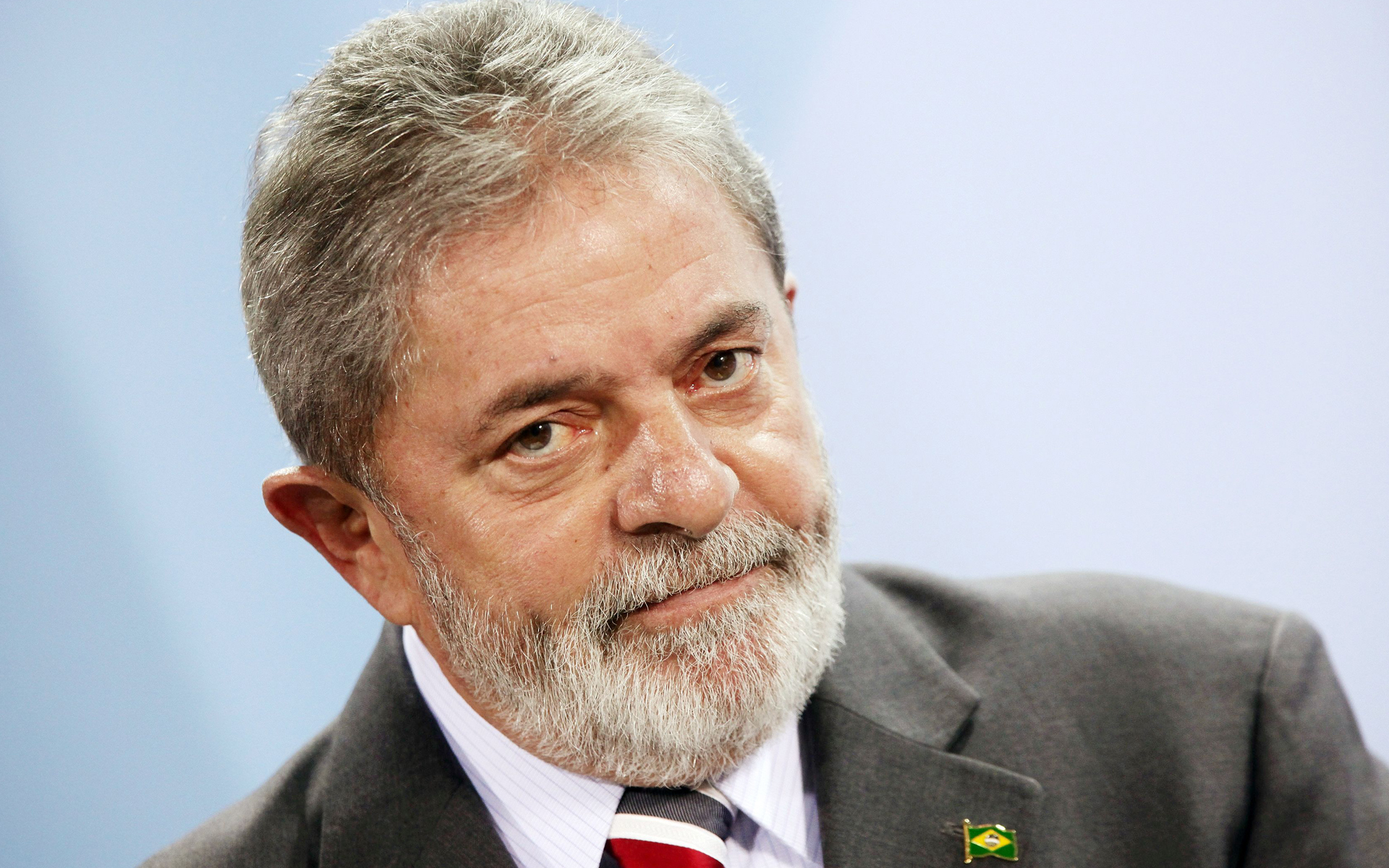
Bolsa Família and minimum wage will receive an increase from March
After the Carnival period, new developments will occur for Bolsa Família beneficiaries and also for the minimum wage.
Continue lendo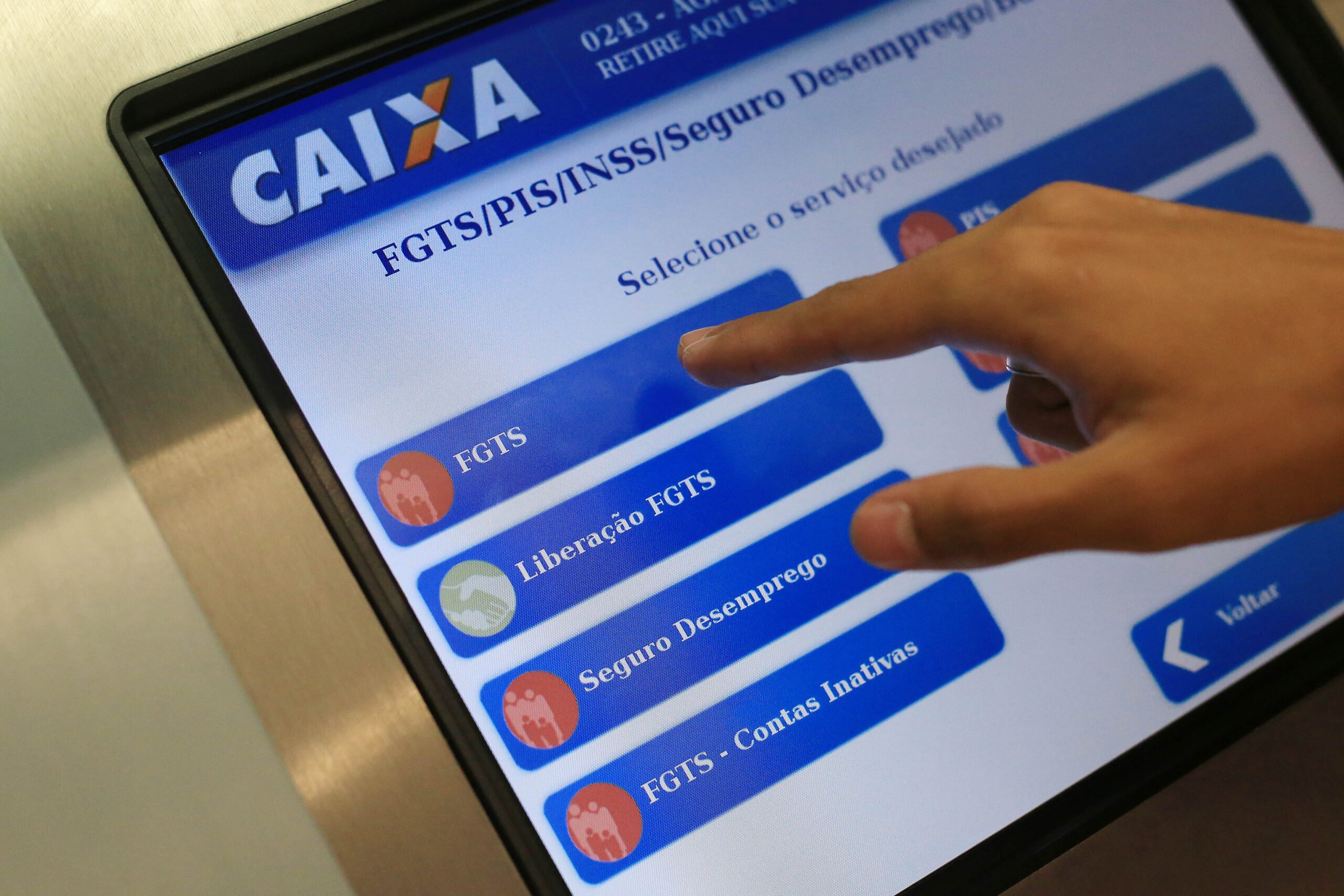
FGTS: Check out 15 WITHDRAWAL possibilities here
In order to withdraw the Service Time Guarantee Fund (FGTS), certain specific circumstances need to be met by the worker.
Continue lendoYou may also like
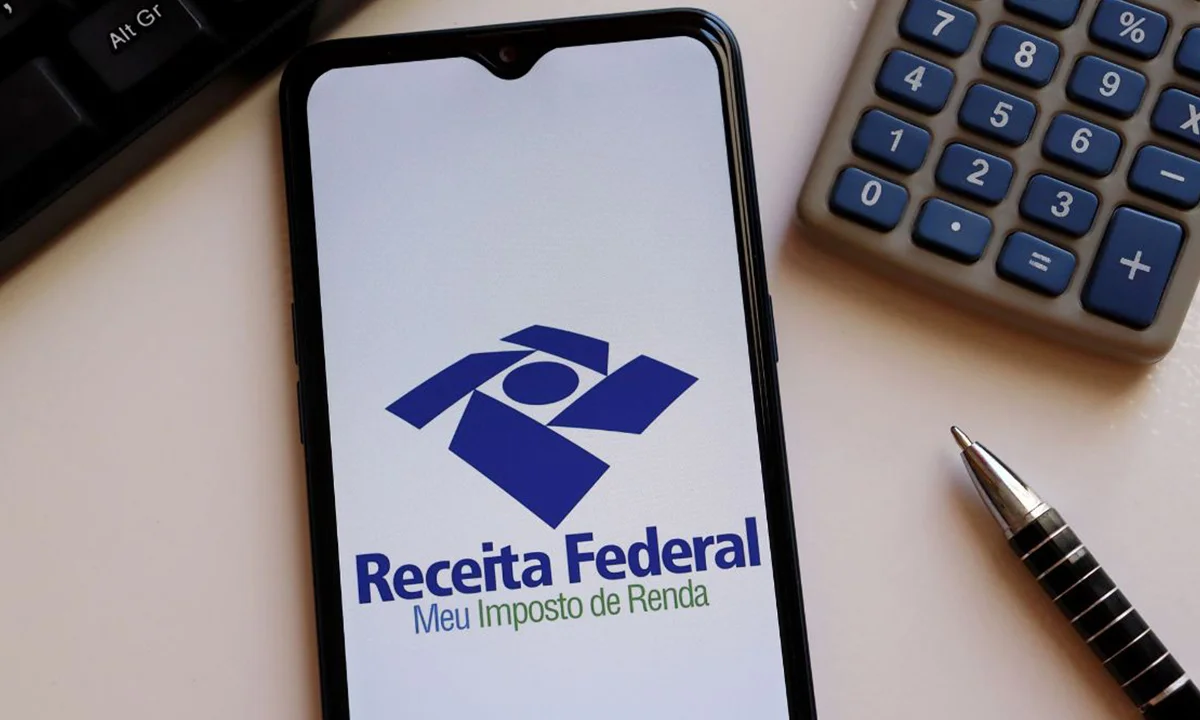
Income Tax 2023: Find out how to consult and who can receive the 1st batch of refund
According to the Federal Revenue, consultation of the 1st batch of Income Tax refunds in 2023 will be available until May 24th. Look.
Continue lendo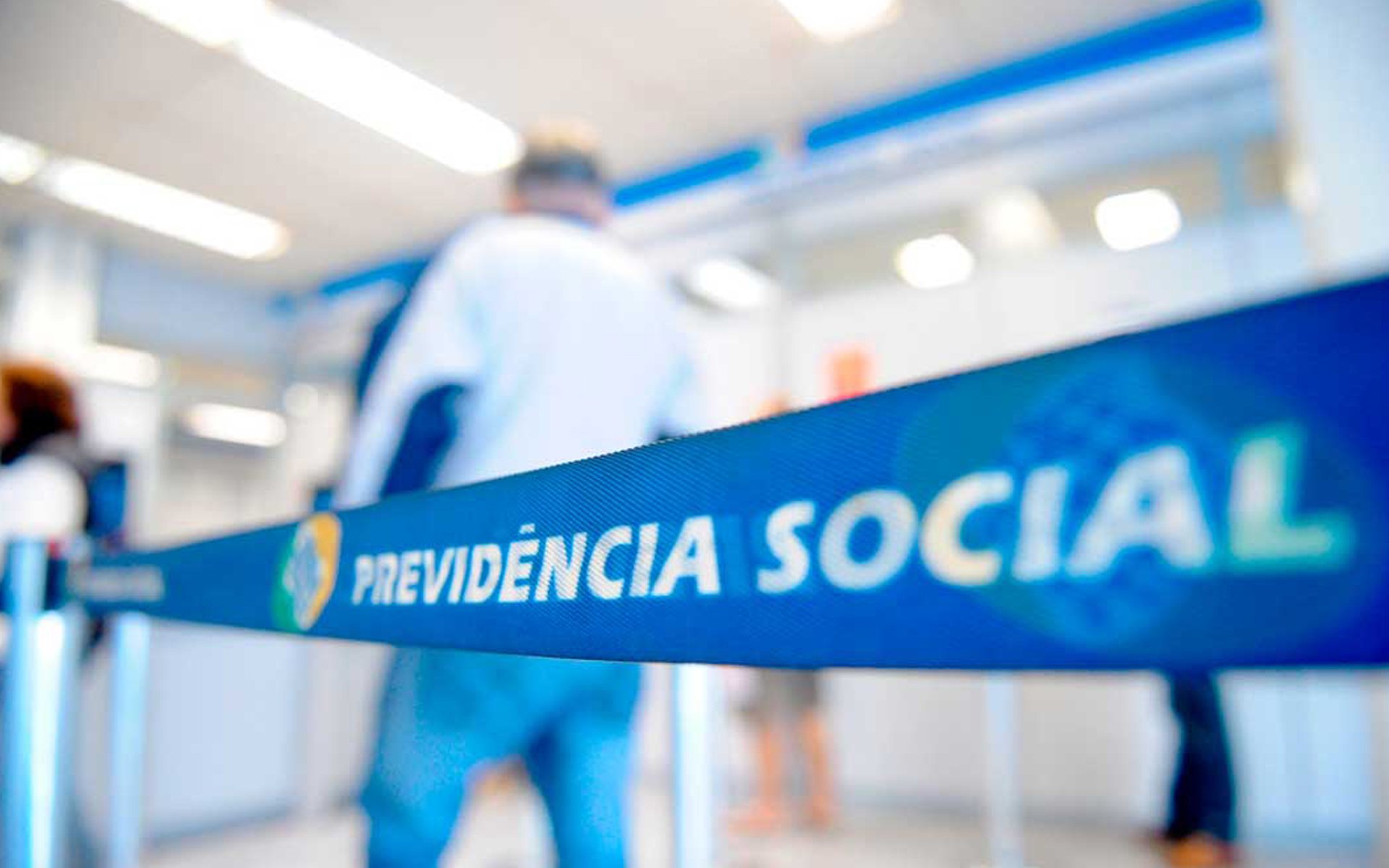
INSS: 1 billion will be paid to retirees after the CJF decision
If you had an ongoing case against the INSS in court, know that there may be a favorable decision in your case.
Continue lendo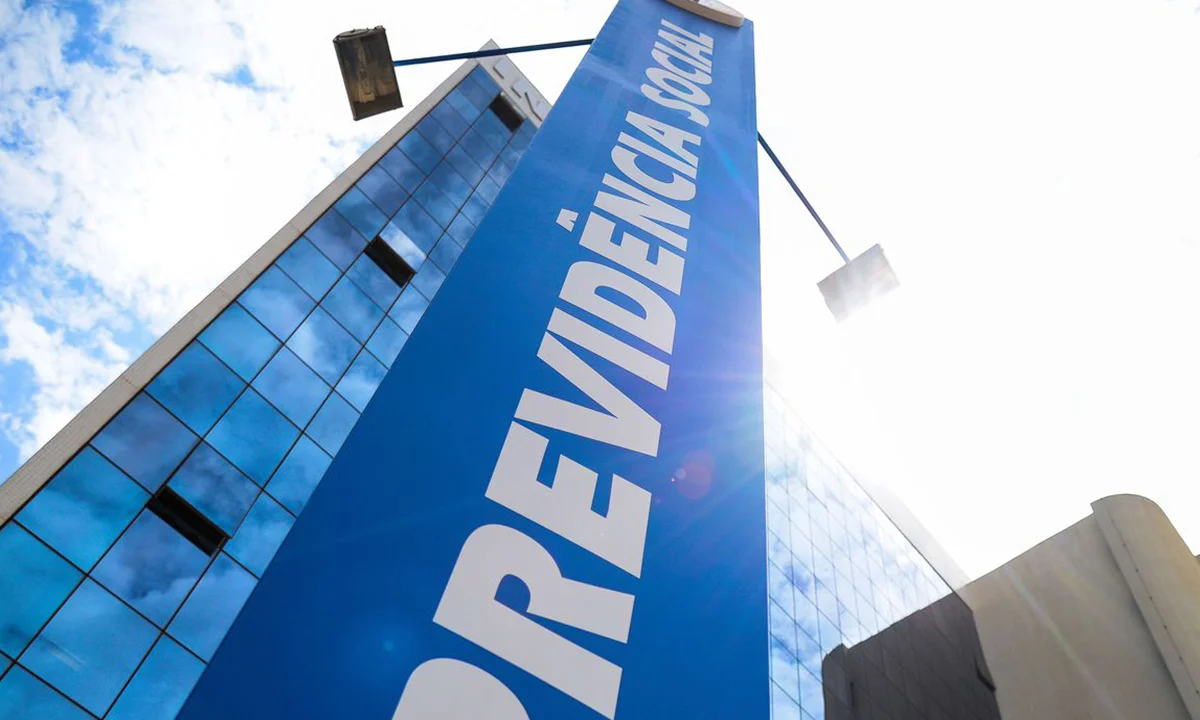
INSS starts payments of the 13th salary from this Thursday (25)
The INSS begins payments of the 13th salary to pensioners and retirees this Thursday, May 25th. See the calendar.
Continue lendo